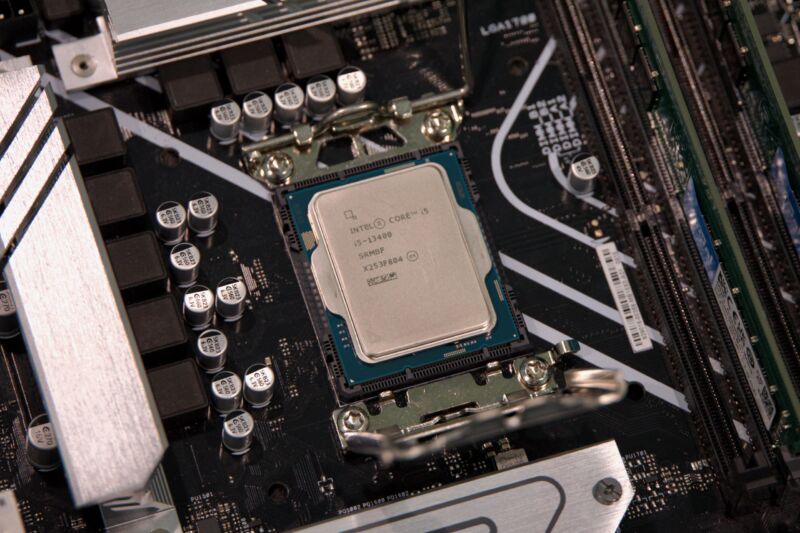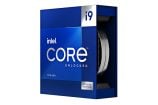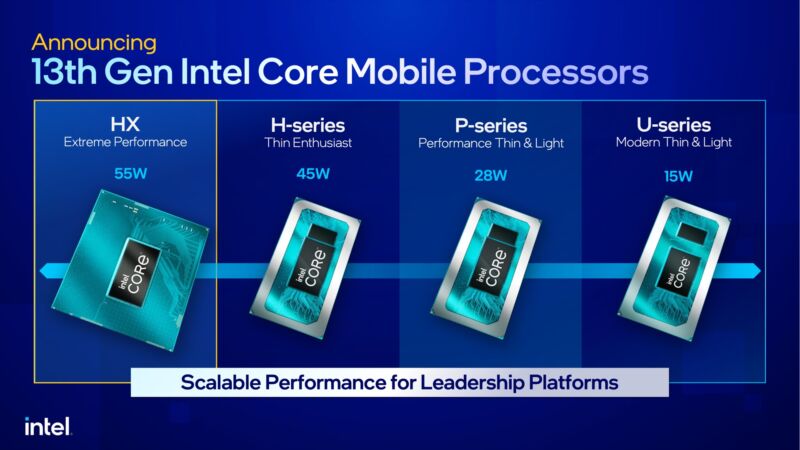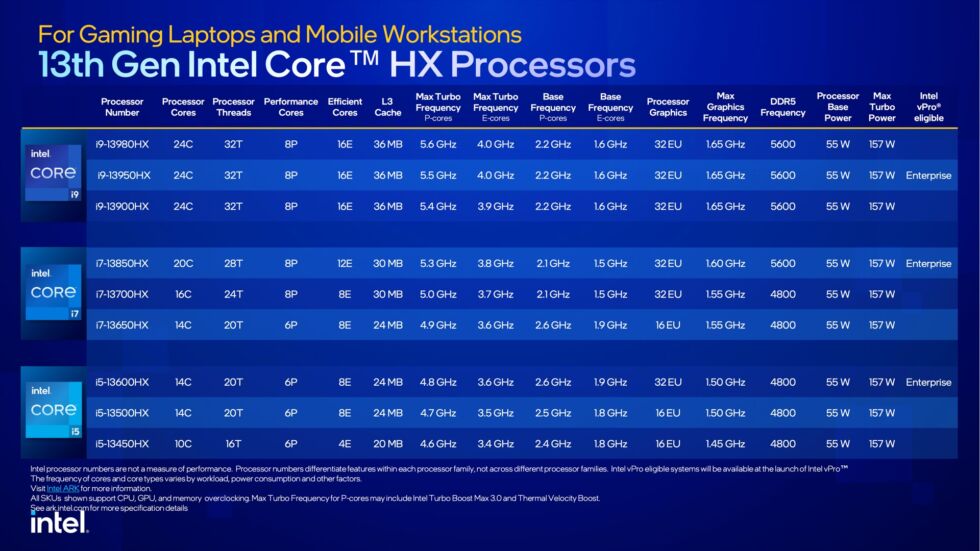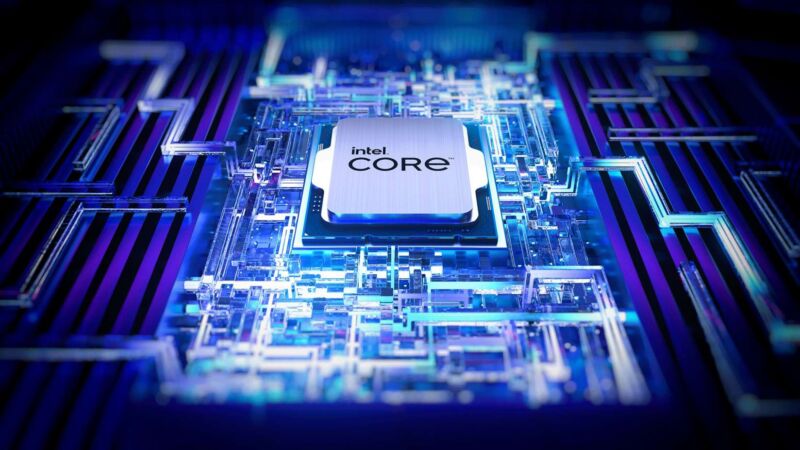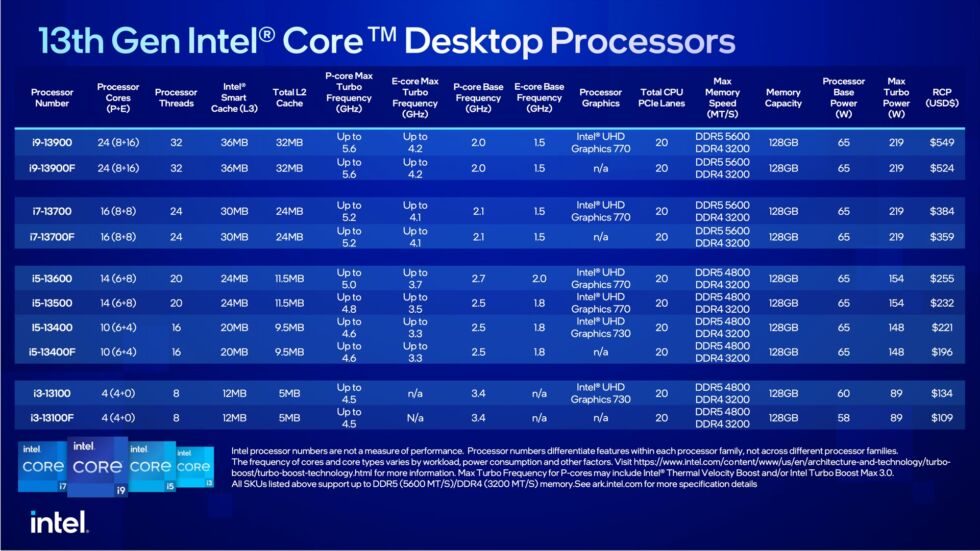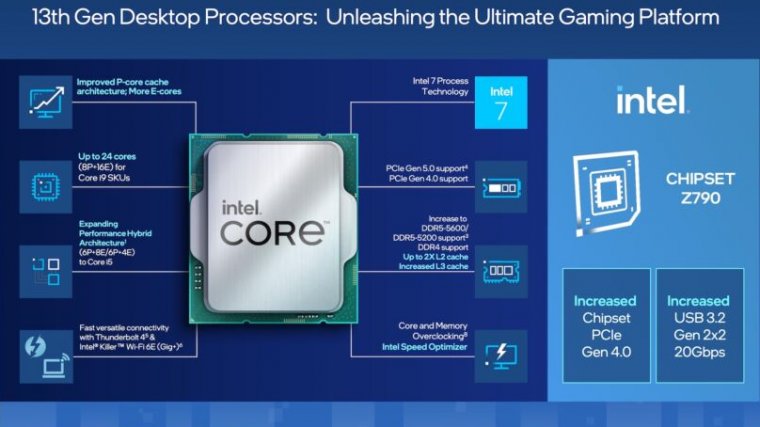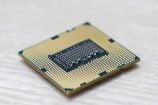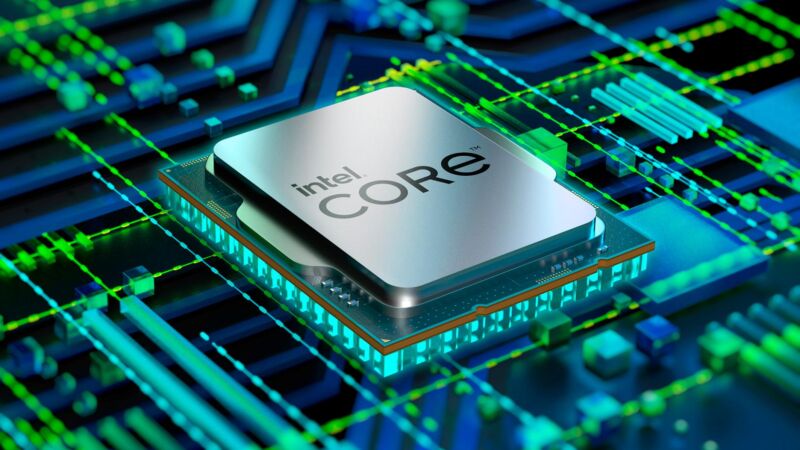-
 chevron_right
chevron_right
Intel is investigating game crashes on top-end Core i9 desktop CPUs
news.movim.eu / ArsTechnica · Tuesday, 9 April - 17:14 · 1 minute
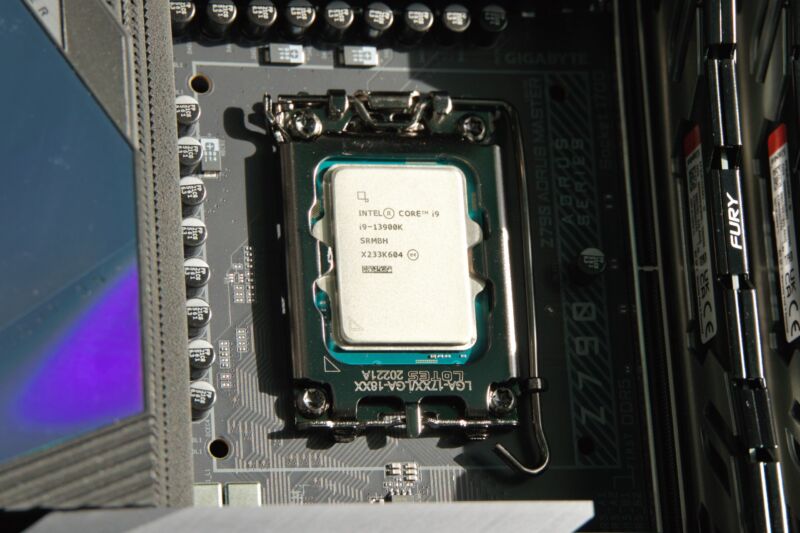
Enlarge / Intel's high-end Core i9-13900K and 14900K are reportedly having crashing problems in some games. (credit: Andrew Cunningham)
If you own a recent high-end Intel desktop CPU and you've been running into weird game crashes lately, you're not alone.
Scattered reports from Core i9-13900K and i9-14900K users over the last couple of months have pointed to processor power usage as a possible source of crashes even in relatively undemanding games like Fortnite . Games like Hogwarts Legacy , Remnant 2 , Alan Wake 2 , Horizon: Zero Dawn , The Last of Us Part 1 , and Outpost: Infinity Siege have also reportedly been affected ; the problem primarily seems to affect titles made with Epic's Unreal Engine. Intel said in a statement to ZDNet Korea (via The Verge ) that it's looking into the problems, escalating it from an "isolated issue" to something that may be more widespread and could require a more systemic fix.
Related CPUs like the i9-13900KF, i9-14900KF, i9-13900KS, and i9-14900KS may be affected, too, since they're all the same basic silicon. Some user reports have also indicated that the i7-13700K and i7-14700K series may also be affected.


